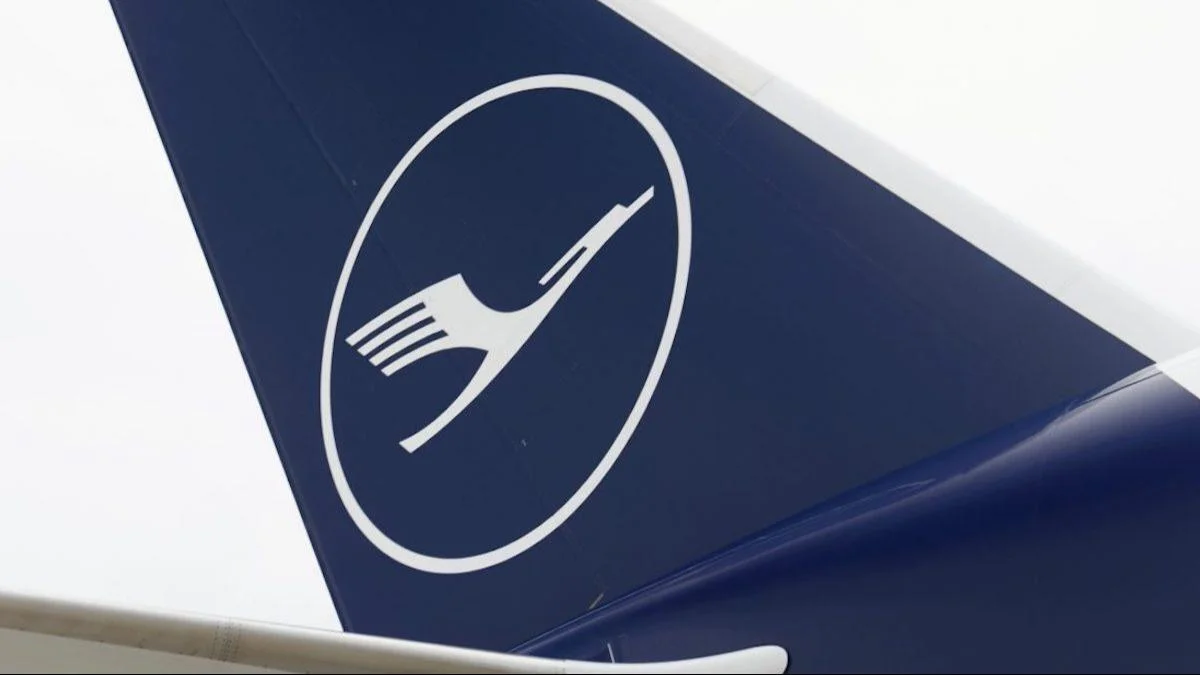Saab AB emerged from a need to create a self-reliant military aerospace sector in Sweden during a challenging era. The company pursued innovation throughout the mid-20th century, advancing jet technology. Saab's history page states that the groundwork for the Saab 29 Tunnan stemmed from post-war engineering studies, propelling Swedish industry to match global jet propulsion advancements.
The Swedish Air Force sought a modern fighter jet and turned to Saab for a solution. The Tunnan, nicknamed "Flying Barrel," was designed with swept wings for jet power, using a de Havilland Ghost turbojet engine from the UK. This design set Saab on a path to produce significant fighters of the modern era.
Initial development of the Tunnan began after World War II, focusing on aerodynamics and compact fuselage design. It was the first jet-powered fighter of the Swedish Air Force, succeeding the converted Saab 21R. Flight tests started in 1948, confirming stable handling and exceeding speed expectations.
 Alerts Sign-up
Alerts Sign-up


















